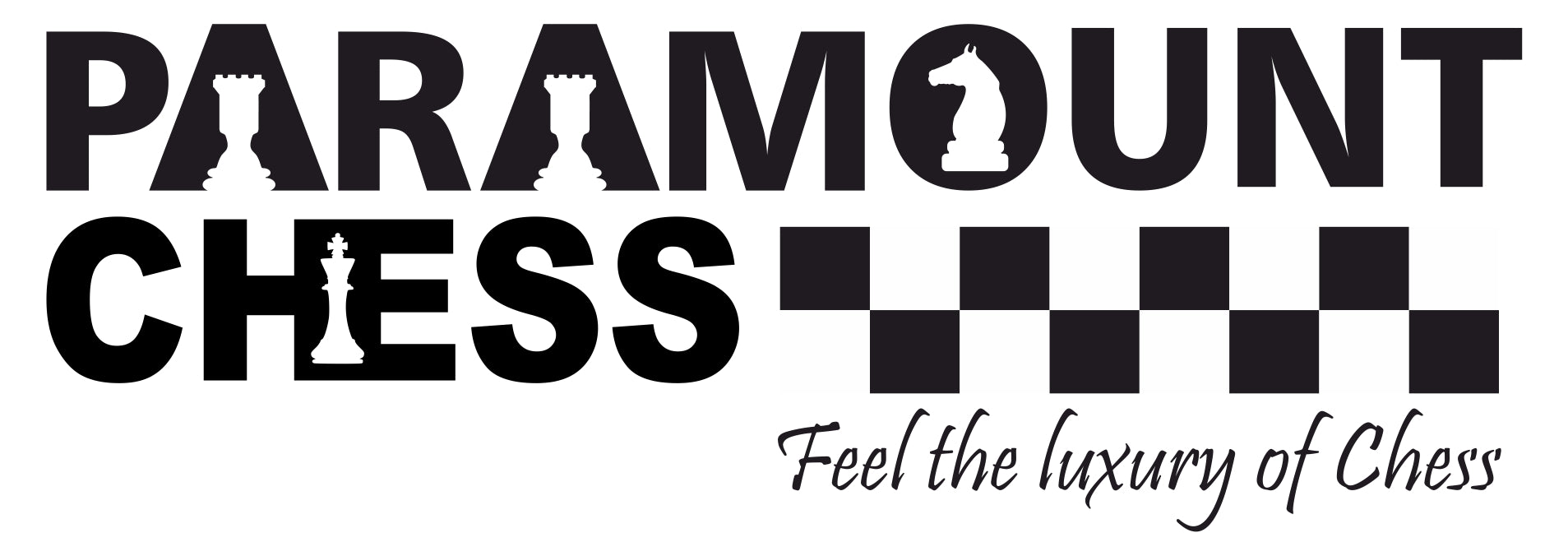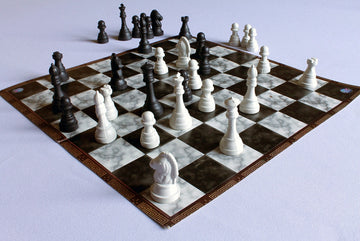

The game of Chess is popular for its versatility. The players who play it may do so in any way they deem fit. However, passionate chess players and Chess Gurus insist on gaining a vast and thorough knowledge of the game and to employ the original chess notations to play the game.
The reason for this is that it makes conversations and discussions about the game with other players easier. In addition to that, it also introduces some standardization to the game. Another reason for this insistence on making use of the standard chess notations is that it helps preserve the history of the game. It induces a measure of nostalgia to the greatest games of chess. It becomes easy for players to recall moves by the most skillful. Standardization also improves efficiency of teaching students for teachers. Hence, learning chess notations is very important for any good chess player.
The standard chess notation followed and accepted around the world is the Algebraic Chess Notation. The Algebraic Chess Notation is also the standard notation that the FIDE adopts. That is the International Chess Federation that regulates all recognized chess competitions around the world.
Notation of the Chess Board

As you already know, there exist a total of 64 chess squares on any standard-issue chessboard, formed by a crisscrossing of the rows and columns. The Algebraic Notation recognizes the rows as Ranks and the columns as Files.
- The Ranks (i.e. the Horizontal Rows) are numbered from 1 through 8. This starts from the bottom of the chessboard to the top on the White’s side
- The Files (i.e. the Vertical Columns) are labeled from a to h. And starts from the left of the chessboard to the right on the White’s side.
Can you describe the position of the black pawn below using only notations?

In the figure above, we can see that the black pawn is placed on e4.
Further Reading - https://www.paramountdealz.com/chess-quotes/
Special Move Notations in Chess
Notations are also popularly used in the game of chess in order to denote the effectiveness of a move made by a player. A chess engine measures this effectiveness it is often relative to the skill of the player. These notations are as follows:
- + or ch Check
- 0-0 Kingside Castling
- 1-0 White won the game
- ½ -½ Game drawn
- e.p. en passant move
- ! Good move
- ? Bad move
- +/= Slight advantage for white
- +/- Advantage for white
- +- A white decisive advantage
- = Even position or draw
- # or ++ Checkmate
- 0-0-0 Queenside Castling
- 0-1 Black won the game
- * Game in progress
- x or: Capture
- !! Very good move
- ?? Very bad move
- =/+ Slight advantage for black
- -/+ Advantage for black
- -+ Black decisive advantage
These notations are placed after the move is made. This usually comprises of a heavy part of the analysis done by the chess engine. This helps us analyze the effectiveness of every move made by players on both sides.

Types of Chess Notations
Moving on from the chessboard, we now arrive at the denoting the different chess pieces on the board. This is assuming that we already know what each piece is individually. We will now be looking the method of denoted these pieces using notations as opposed to their names. These notations are:
- Coordinate Notation, also called Long Notation
- Algebraic Notation
Coordinate Notation or Long Notation
This is perhaps the easiest system of notation to learn. It involves only notating the pieces using their previous position and their current position. Thus, to use this notation, it is very important to know where each piece is located on the board at all times.
The format used in this notation is simply,
Previous position hyphen Current position

In the case above, the moves in the Coordinate system are denoted as:
- d4-d5
- f5-f4
- d5-d6
As you can see that while it is easy to learn the coordinate system, it is very difficult to benefit from its use. Especially for players who are keen to learn tactics and better their strategies. Hence this is one notation that is rarely used.
Algebraic Notation
Most of the chess playing world uses this notation as the standard, including FIDE. In Algebraic notation, each piece is represented by a single letter except the pawns. This is different from the Coordinate notation because here, you also have to mention which piece has moved. This makes it easier to remember for chess players and teachers. Thus tactics and strategies can be formulated more efficiently.
- The King: K
- The Queen: Q
- The Bishop: B
- The Rook: R
- The Knight: N (this is because the letter K is already occupied by the King, which is a more important piece than the Knight; hence the preference.)
- The Pawn: ( the pawns are not denoted by any special letter like the other pieces)
Below are some examples of the Algebraic Notation and their meanings.
- g3Qg5: White pawn moves to g3. The black queen moves to g5.
- fxe5 d6: White pawn moves to f file and takes the pawn on e5. Black pawn moves to d6.
- hxg3 Bxg3#: Black: White pawn moves to h file and takes Queen on g3. Black bishop takes the pawn on g3 and delivers a checkmate.
To ensure you have a better understanding of chess notations, can you convert the coordinate notation example to an algebraic notation one?
The answer is:
- d5
- f4
- d6




